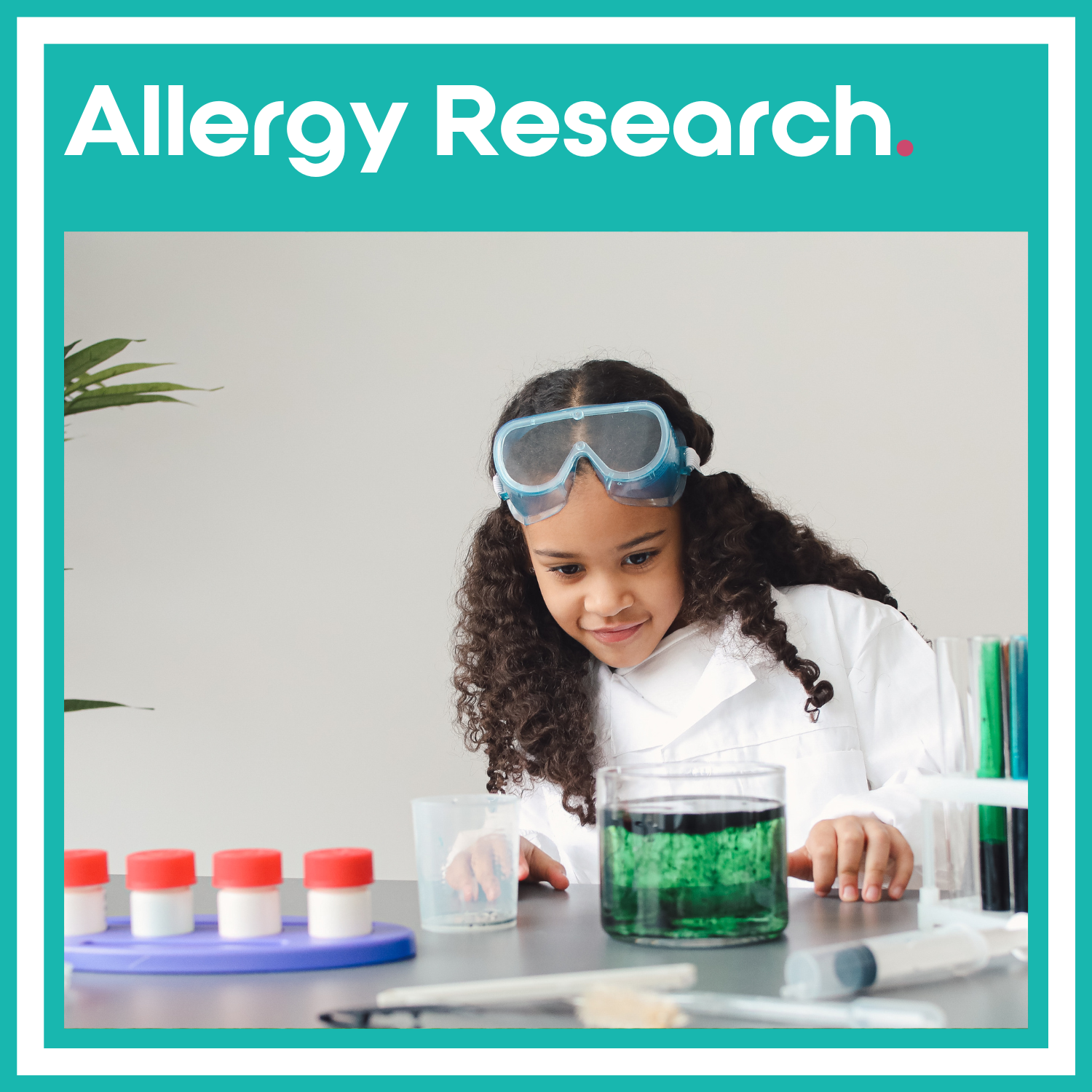Allergy is the most common chronic disease in Europe. Up to 20% of patients with allergies live with a severe debilitating form of their condition, and struggle daily with the fear of a possible asthma attack, anaphylactic shock, or even death from an allergic reaction.
— The European Academy of Allergy and Clinical Immunology (EAACI)
Allergy Statistics - The Most Common Disease
A ‘first wave’ of allergic disease occurred some 50 years ago with a huge surge in asthma and hay fever. We are now experiencing a ‘second wave’ of allergic disease, which has presented itself with a sharp increase in people suffering from life threatening food allergies. Figures from 2012 suggest at least 1 in 40 children in the UK are suffering from at least one serious allergy.
Worryingly, in the last decade, hospital A&E emergency departments have seen a huge increase in anaphylaxis admissions. Today, more children than ever are being diagnosed with food allergies, as are an increasing number of adults, to foods that were previously safe for them to eat.
Why are Allergies On The Rise?
Disorders where allergy may be involved affect about 1 in 3 of the UK population (around 20 million people). Few allergists are trained in the UK even though allergies are the most common chronic disorder in children; 6-8% of children up to the age of three years have a food allergy and it is estimated that one in 1,333 of the population in England has experienced anaphylaxis at some point in their lives.
Seven times as many people were admitted to hospital with a severe allergic reaction in 2000 than in 1990 and in the decade 2002-12 there was a doubling of admissions with anaphylaxis due to food allergy alone.
Latest NHS figures released by The Medicines and Healthcare products Regulatory Agency (MHRA) show nearly 26,000 admissions in 2022-23 (25,721 admissions), more than double the 12,361 admissions in 2002-03 (a 108% increase). For food-related anaphylaxis and other adverse reactions, the rise is even higher, going from just under 2,000 admissions twenty years ago (1,971 admissions) to over 5,000 in 2022 (5,013 admissions, a 154% increase).
One in four people in the UK has hay fever (seasonal allergic rhinitis) which equates to about 16 million people. These people are four times more likely to suffer from other conditions driven by allergy, such as asthma, eczema and food allergy. Allergic rhinitis is greatly under recognised and poorly managed. The percentage of people diagnosed with allergic rhinitis, asthma and eczema trebled over 30 years. For the growing number of people living with allergic disease across the UK, their condition can be frightening, restrictive and places a very real burden on their everyday life.
Allergy is a widespread and often complex problem: of the 20 million people with allergic disease, 10 million have active allergic symptoms in any year and at least 2.5 million people (1 in 6 of those with allergy) have sufficiently severe symptoms to require medical help. Those with severe symptoms need more specialist help than can be provided in primary care. These prevalence rates are among the highest in the world; 40% of children in the UK have been diagnosed with allergy. Each birth cohort increases the numbers of people needing help; the epidemic continues to grow, thus increasing the burden on the NHS and making allergy a particular problem for today’s children, and their families, and for tomorrow’s adults. There are no socio-economic class, ethnic origin or geographic variations in the disease.
Allergies in the UK
There are an estimated 2 million+ people living with a diagnosed food allergy in the UK. It is possible these numbers are much higher.
Back in 2010 it was reported that 44% of British adults were diagnosed with at least one allergy and the number of sufferers was on the rise, growing to around 2 million between 2008 and 2009 alone. Almost half (48%) of those sufferers had more than one allergy.
Just under half (48%) of consumers say that they, or someone in their household, avoid at least one food/ingredient, with 16-24-year-olds (61%) the most likely age group to report household avoidance of foods/ingredients.
Allergy statistics around the world
Food allergies are increasing in both developed and developing countries, especially in children and the severity and complexity of food allergy is also increasing. Food allergy can be fatal, and appropriate diagnosis is essential as is the need for food labelling worldwide. There is also a need for more clinical knowledge as well as resources to treat food allergy, including the availability of life-saving medications such as epinephrine (adrenaline). (World Allergy Organisation 2013)
Today, more than 150 million Europeans suffer from chronic allergic disease and the current prediction is that by 2025, half of the entire population of Europe will be affected with allergic disease. (EAAC. 2016)
In America researchers estimate that 32 million Americans have food allergies, including 5.6 million children under age 18. That’s one in 13 children, or roughly two in every classroom. About 40 percent of children with food allergies are allergic to more than one food. (FARE 2019)












